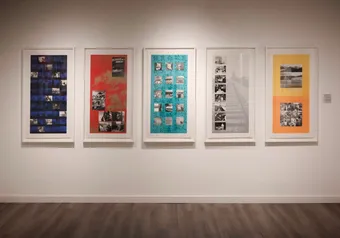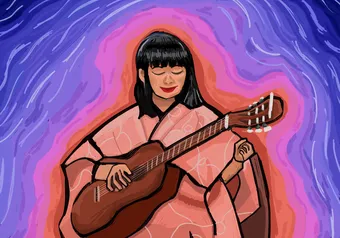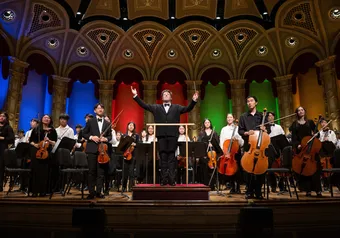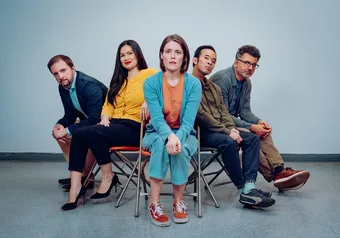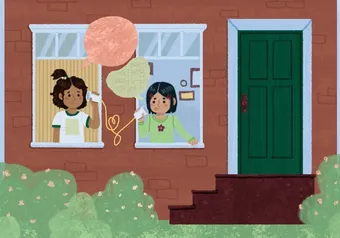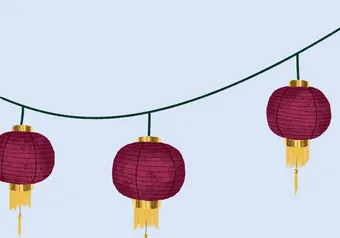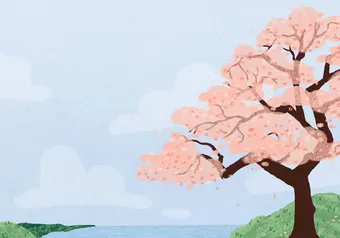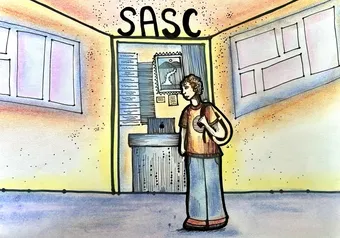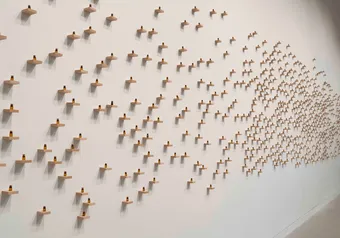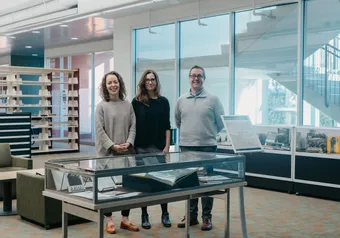Wong’s displayed piece, “Chinese Cafes: The Five Energies,” was initially made for Them = Us, a photographic exhibition that travelled across Canada between 1998–2000 aimed at promoting diversity. Varied Editions is the first time “Chinese Cafes” has been unpacked since that viewing.
Search the Archive
CampOUT! originally began as a day camp hosted at UBC and was inspired by a similar program at the University of Alberta, Camp fYrefly. It has since expanded with the support of UBC’s Faculty of Education, SOGI UBC and the Equity & Inclusion Office, as well as funding from community partners like Foundry — an inclusive care network based in Vancouver.
The film follows various individuals forced to balance the challenges of everyday life with their responsibility to seek The documentary is a personal account of the impact that the construction of the Kenney Dam had on the Indigenous nations who rely on the Nechako river, as well as the ongoing legal battle for fishing rights undertaken by members of the Stellat’en and Saik’uz nations in recent years.
Three pieces, “Wild,” “Fountain,” and “I AM WORTH MORE THAN ONE MILLION DOLLARS TO MY PEOPLE” are on display throughout the museum as of the exhibition’s May 15 opening, with the final piece, “Ayum-ee-aawach Oomama-mowan: Speaking to Their Mother” arriving in August.
Featuring creative, fluent melodies and complex jazz-inspired chords, even Aoba’s slower, more simple pieces like “Endive to Nemutte (Asleep Among Endives)” remained unpredictable yet satisfying, always ready to lead the listener into uncharted waters before bringing them back at the end of the song.
On May 18th, the Vancouver Youth Symphony Orchestra held their 95 year anniversary concert at the Orpheum. The concert featured performances from the debut, junior, intermediate and senior orchestras, as well as guest performer and VYSO graduate Joanna G’Froerer.
Set and performed in a modest church activity room, Meeting follows five people in a support group for codependency, particularly around sexuality, love and identity.
When I mispronounced a word or made the wrong sound because of these similar articulations, I was met with laughter and pushed to repeat what I had said before getting support on correcting myself.
Preparing for Tết is a big deal: homes are cleaned and decorated, special foods like sticky rice cakes (bánh chưng and bánh tét) are made, and everyone dresses in their finest clothes. There’s a belief that the first days of the new year set the tone for the rest of it, so people strive to keep spirits high, avoid bad luck and express hope for health, prosperity and happiness.
The oldest cherry trees on campus are likely at Nitobe Memorial Garden. Fifty trees were shipped over from Japan as a symbol of Japanese-Canadian friendship for the garden’s opening in June 1960. Of this generation — found mostly in Nitobe but also on the Place Vanier stretch between Lower Mall and University Boulevard — there are likely 45 cherry trees left today.
To me, Lapu Lapu Day, while beautiful, is another reminder that I don’t really belong here. It's like being in a liminal space. I can smell the food my grandma would cook for me when I was sick, but I also remember how hard I’ve had to search for any sense of community.
The primary difference between SVPRO and the SASC is their affiliation.
As a part of both the Asian Queer community and the opera world, Britten frequently explores the potential for openness and change in their field. The adjacency of Asian Heritage Month in May and Pride Month in June inspired them to celebrate both identities with the creation of Memoirs of a Gaysian.
While the artist developed their work independently, Belkin curator Melanie O’Brian said that “materially, they have this kind of interactivity … they’re all dealing with memory and the body.”
Rise Up! Sights, sounds and spaces of protest features materials from the MAA Library collections, the rare books and special collections and the university archives. The exhibition explores forms of protest performance and presentation, highlighting the aesthetics of resistance across space and time.


